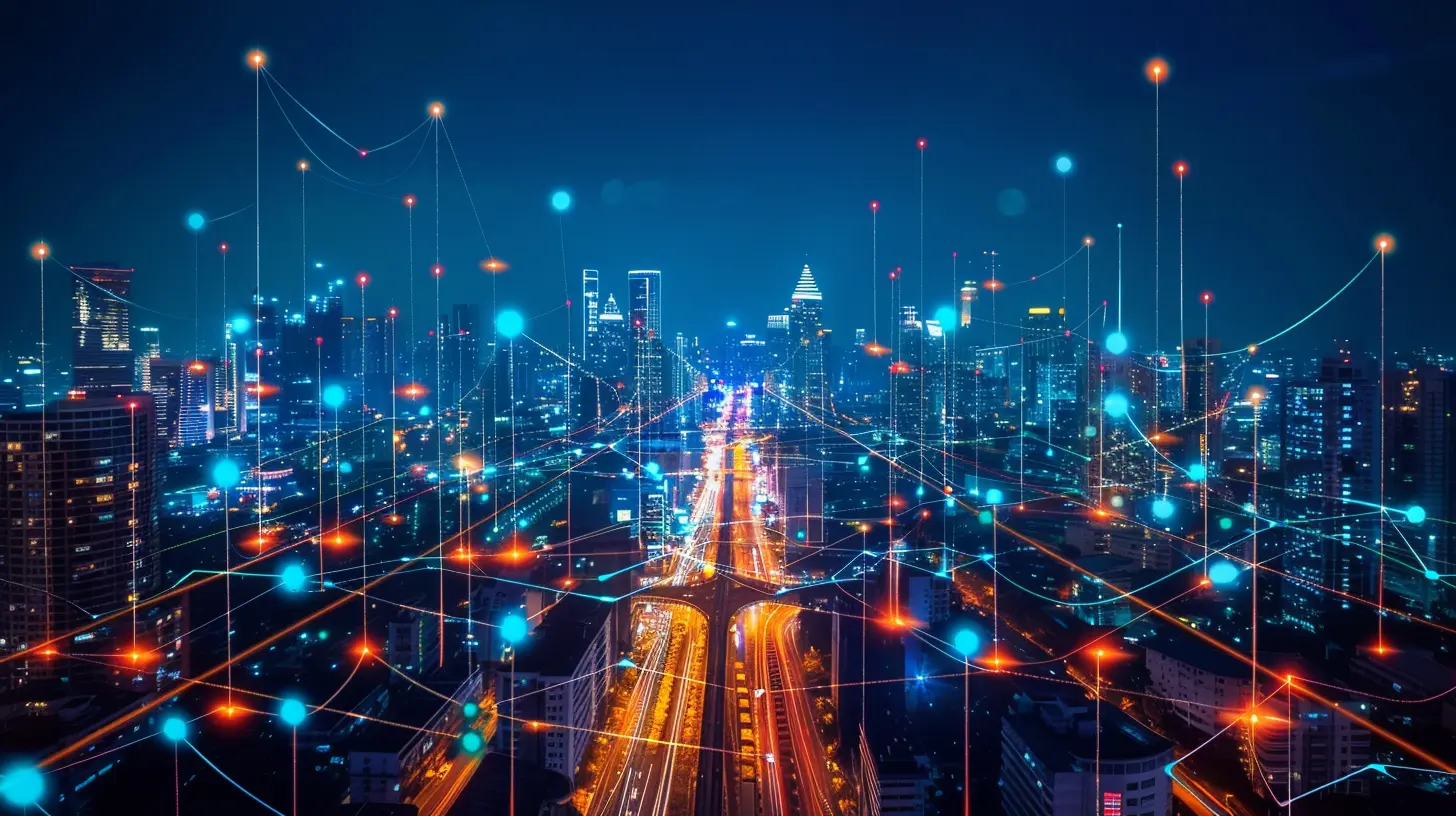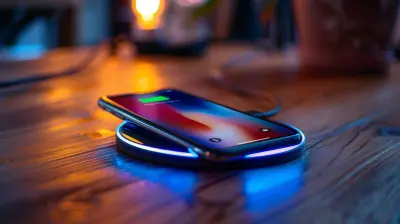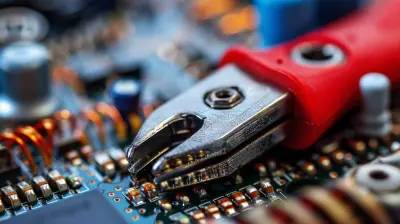IoT and Smart Grids: Powering the Future
5 November 2025
The way we produce, distribute, and consume electricity is undergoing a massive transformation, and at the heart of this change lies two groundbreaking technologies: the Internet of Things (IoT) and smart grids. These innovations are not just making our power systems more efficient but are also playing a crucial role in building a sustainable and reliable energy future.
So, what exactly are IoT and smart grids? More importantly, how do they work together to revolutionize how energy flows from power plants to our homes and businesses? Let’s break it down in a simple, engaging way.

What Is IoT and How Does It Relate to Smart Grids?
The Internet of Things (IoT) refers to a vast network of interconnected devices that communicate with each other over the internet. These devices collect and share data, making systems smarter and more efficient. From smart thermostats in our homes to automated industrial sensors, IoT is reshaping almost every sector, including energy.A smart grid, on the other hand, is an advanced electrical grid that uses digital communication technology to detect and respond to local changes in electricity usage. Unlike traditional power grids, which rely on a one-way flow of electricity, smart grids enable real-time monitoring, data-driven decision-making, and better energy management.
When IoT is integrated into smart grids, we get an intelligent power system that can optimize energy consumption, reduce wastage, and ensure a stable electricity supply. But how exactly does this work? Let’s dive deeper.

How IoT Enhances Smart Grids
1. Real-Time Monitoring and Data Collection
Smart grids powered by IoT deploy smart meters and sensors throughout the network. These devices continuously track electricity usage, detect failures, and provide real-time insights into energy consumption patterns.For example, smart meters in homes and offices allow consumers to see their energy usage instantly. This not only helps in cutting down unnecessary power consumption but also allows utility companies to balance the power load more effectively.
2. Predictive Maintenance for Power Infrastructure
Old power grids often suffer from unexpected failures, leading to massive blackouts and costly repairs. However, with IoT-enabled smart grids, power companies can anticipate problems before they occur.IoT sensors installed on transformers, power lines, and generators continuously monitor their performance. If a component shows signs of wear and tear, the system can alert engineers to schedule maintenance before it fails, avoiding major disruptions.
3. Demand Response and Load Balancing
Electricity demand fluctuates throughout the day. For instance, during peak hours (like evenings), excessive power consumption can strain the grid. IoT-driven smart grids can adjust energy distribution dynamically, directing power where it's needed the most.Some advanced smart grids even communicate with smart home appliances, adjusting their power usage automatically to reduce demand during peak hours. Imagine your air conditioner slightly lowering its cooling capacity when electricity usage is high — you wouldn’t even notice, but it could make a huge difference on a larger scale.
4. Integrating Renewable Energy Sources
With the increasing adoption of solar panels, wind farms, and other renewable sources, the challenge is managing an electricity supply that fluctuates based on weather conditions. IoT helps by synchronizing renewable energy generation with real-time demand.For example, if a solar farm generates more electricity than needed on a sunny day, IoT systems can store the excess energy in batteries or redirect it to areas with higher demand. This ensures that renewable energy is used efficiently rather than wasted.
5. Enhancing Grid Security
Cybersecurity threats in power infrastructure are a growing concern. Traditional grids are vulnerable to hacking and malicious attacks, but IoT-powered smart grids come equipped with advanced security measures.With features like automated threat detection, encryption, and real-time alerts, IoT helps utility companies safeguard critical infrastructure against cyber threats. This ensures that our electricity supply remains safe and uninterrupted.

Challenges of Implementing IoT in Smart Grids
Despite its benefits, the integration of IoT and smart grids comes with several challenges that need to be addressed for full-scale adoption.1. High Initial Costs
Setting up IoT-enabled smart grids requires a significant investment in infrastructure, including smart meters, sensors, communication networks, and data centers. While the long-term benefits outweigh the costs, the initial expenses can be a barrier for many regions.2. Data Privacy and Security Risks
With millions of devices interconnected, the risk of cyberattacks increases. Ensuring strong cybersecurity measures is crucial to prevent unauthorized access and data breaches.3. Interoperability Issues
Different manufacturers produce IoT devices with varying technologies and protocols. Standardizing these systems for seamless integration remains a challenge in developing a truly collaborative and efficient smart grid ecosystem.4. Data Management and Scalability
The massive volume of data generated by IoT-powered smart grids requires efficient storage, processing, and analytics. Managing this data effectively without overwhelming the system is another hurdle that companies must overcome.
The Future of IoT and Smart Grids
While there are challenges, the future of IoT-powered smart grids looks incredibly promising. As technology advances, we can expect:- Increased AI and machine learning integration: Smart grids will become even more intelligent, making automatic adjustments based on predictive analytics.
- Better battery storage solutions: Improved energy storage will help manage renewable energy fluctuations effectively.
- Expansion of decentralized energy systems: More households and businesses will generate their own electricity, reducing reliance on centralized power grids.
- Faster and more secure networks: With the rollout of 5G and improved cybersecurity protocols, data transmission will become more efficient and secure.
Final Thoughts
The synergy between IoT and smart grids is shaping a more efficient, sustainable, and resilient energy infrastructure. By integrating real-time monitoring, predictive maintenance, and intelligent load balancing, these technologies ensure that electricity is used more efficiently and sustainably.As we move towards a future driven by clean energy and automation, embracing smart grids isn’t just an option—it’s a necessity. The real question is: Are we ready to fully embrace this transformation for a smarter and more sustainable tomorrow?
all images in this post were generated using AI tools
Category:
Iot DevicesAuthor:

Vincent Hubbard
Discussion
rate this article
1 comments
Vesperos Soto
Smart grids: where your toaster and fridge debate energy efficiency!
November 11, 2025 at 4:40 AM

Vincent Hubbard
Thanks for the clever comment! Smart grids truly enable appliances to optimize energy use, making our homes smarter and more efficient.


